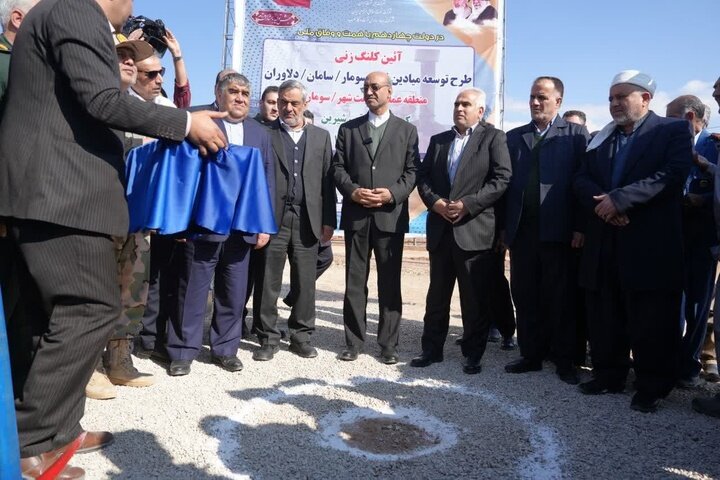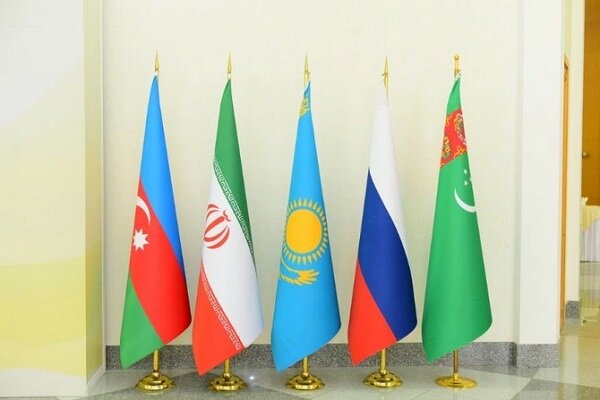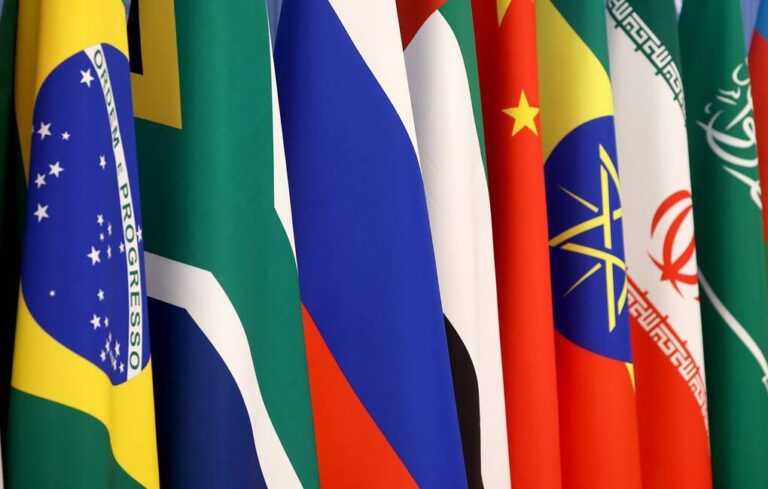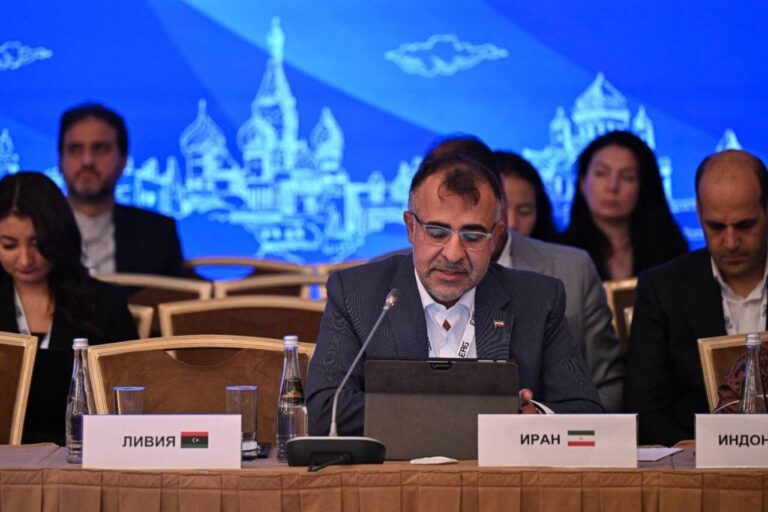Oil Production Set to Soar by 10,000 BPD with New Developments in Three Key Oilfields
The recent launch of the oilfield development project in Naft-Shahr marks a significant milestone for Iran’s oil sector. This initiative, designed to enhance the country’s oil production capacity, is set to add an impressive 10,000 barrels per day (bpd) to the national output. With a robust investment of $240 million from the private sector, the project aims to rejuvenate the region economically and socially.
The official commencement of operations took place on Saturday, featuring notable figures such as the deputy oil minister and the chief executive of the National Iranian Oil Company (NIOC). The event highlighted the importance of this development for both the local economy and national oil production.
Key Highlights of the Oilfield Development Project
The project’s significance is underscored by several key points:
- Investment Amount: The initiative has garnered a substantial investment of $240 million.
- Production Capacity Increase: It aims to boost oil production by 10,000 barrels per day.
- Focus on Development: The project is centered on revitalizing the underdeveloped Naft-Shahr area.
- Local Impact: It is expected to bring progress and welfare to local communities.
- Historical Significance: Naft-Shahr hosts one of Iran’s oldest oilfields, indicating its longstanding role in the country’s oil history.
During the groundbreaking ceremony, NIOC Chief Hamid Bovard elaborated on the objectives behind this ambitious project. He emphasized the necessity to address the longstanding underdevelopment in the Naft-Shahr region, stating, “The project aims to develop and revitalize the border region.” This focus on the border area underscores the strategic importance of enhancing local economies, which have faced challenges in recent years.
Furthermore, Bovard pointed out that the initiative will not merely increase production capacity but will also enhance the overall security and economic stability of the region. “The development of these areas will not only enhance security but also bring progress and welfare to local communities,” he asserted. This dual focus on economic and social benefits aligns with broader national objectives to improve living standards in historically marginalized areas.
The deputy oil minister provided additional context regarding the historical significance of Naft-Shahr, noting that it is home to some of the country’s oldest oilfields. He mentioned that several smaller fields in the vicinity are currently undergoing development, which complements the main project. “The project is expected to increase Iran’s daily oil production capacity by 10,000 barrels and provide feedstock for the Kermanshah refinery,” he noted.
Expected Outcomes and Community Benefits
The anticipated outcomes of this oilfield development project extend beyond mere production numbers. Here are some of the potential benefits for the local communities:
- Job Creation: The project is likely to create numerous job opportunities for local residents, contributing to economic stability.
- Infrastructure Development: Investments in the oil sector often lead to improvements in local infrastructure, including roads and utilities.
- Increased Local Revenue: Enhanced oil production can result in increased local and national revenues, which can be reinvested in community development.
- Improved Living Standards: As the economy grows, local communities can expect improvements in healthcare, education, and overall quality of life.
The commitment to revitalizing the Naft-Shahr area through this oilfield development project reflects a broader strategy to harness Iran’s natural resources for national growth and local empowerment. As the project progresses, it will be crucial to monitor its impacts on both oil production and the welfare of local communities.
In conclusion, the development of the three oilfields in Naft-Shahr represents a pivotal step towards enhancing Iran’s oil production capacity and fostering economic growth in underdeveloped regions. With a strong investment backing and a clear focus on community benefits, this initiative has the potential to reshape the economic landscape of the area and contribute to national goals.
The future looks promising for the Naft-Shahr region as this project unfolds. As it progresses, it will be essential to assess its impacts on local communities and the broader oil sector in Iran.






